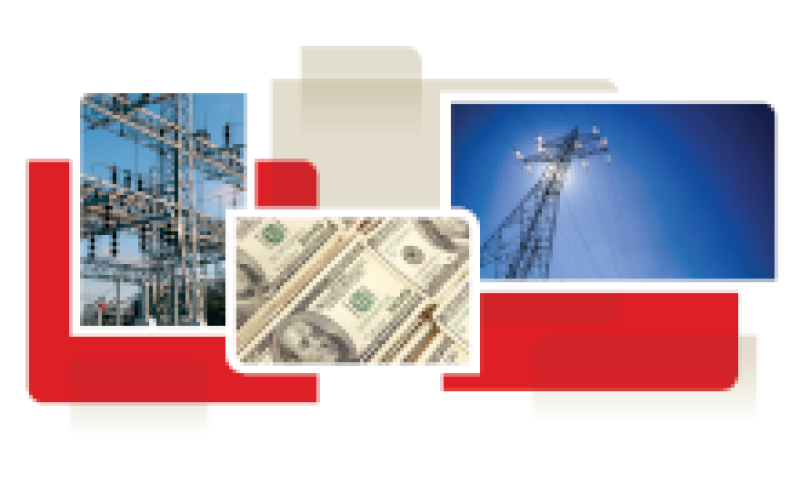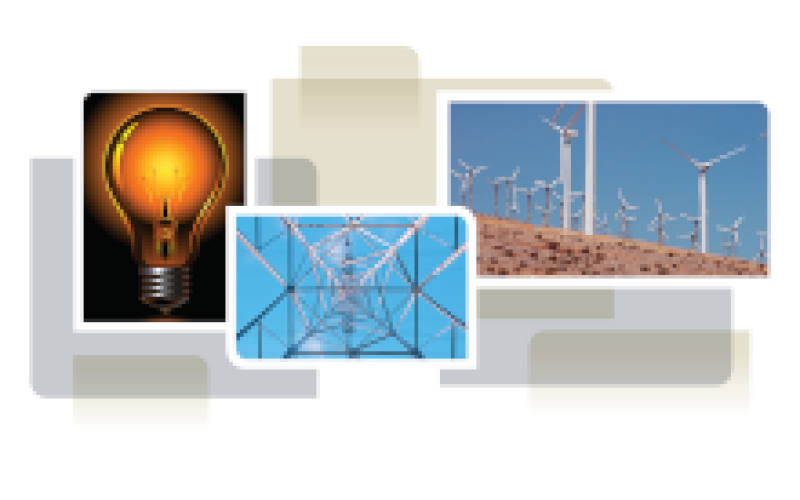
Connectivity
The Full Cost of Electricity study seeks to quantify the costs associated with different generation technologies, and how those costs interact with the cost of electric delivery, consumption, and to determine the total direct and indirect costs of electricity.
The electric connectivity & delivery system is the bridge between electricity generation and consumption. Thus, it must accommodate the needs of both end users and generators.
All forms of electricity generation must be sited in areas that meet specific criteria: thermal power plants require a reliable supply of fuel and meet local air emissions standards; hydroelectric dams must be sited in strategic locations along existing waterways; wind turbines require sufficient wind speeds; and solar panels need sufficient sunlight. Thus, the electric grid must extend from the locations of individual generators to collect power for delivery to consumers. In some cases, generators and consumers are in the same location.
The electric delivery system has two major components, transmission and distribution, with a third to possibly become more important in the future, storage. The transmission system uses high-voltage power lines to interconnect electricity generators with major urban areas and other load centers. The distribution system collects power from the transmission system and distributes it to individual consumers using lower-voltage power lines. Unlike transmission and distribution that connect generation and consumption between different locations, storage systems connect between different points in time.
Related Energy Institute Publications

Estimation of Transmission Costs for New Generation

Future Utility Business Models

The History and Evolution of the U.S. Electricity Industry

Impact of renewable generation on operational reserves requirements: When more could be less

Integrating Photovoltaic Generation: Cost of Integrating Distributed Photovoltaic Generation to the Utility Distribution Circuits

Trends in Transmission, Distribution, and Administration Costs for U.S. Investor Owned Electric Utilities
Download a PDF of the full white paper.
